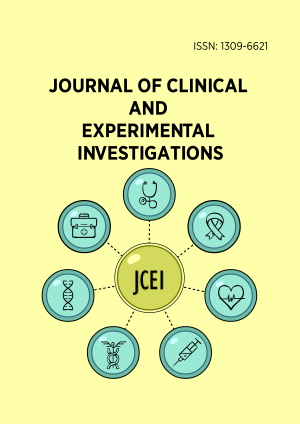Abstract
The occurrence of persistent neutrophilic leukocytosis above 50,000 cells/μL for reasons other than leukemia is defined as leukemoid reaction. Chronic myelogenous leukemia (CML) and chronic neutrophilic leukemia (CNL) should be excluded, and underlying diseases or causes should be examined, in differential diagnosis. The most commonly observed causes of leukemoid reactions are severe infections, intoxications, malignancies, severe hemorrhage, or acute hemolysis [1].
License
This is an open access article distributed under the Creative Commons Attribution License which permits unrestricted use, distribution, and reproduction in any medium, provided the original work is properly cited.
Article Type: Letter to Editor
J Clin Exp Invest, Volume 4, Issue 2, June 2013, 262-263
https://doi.org/10.5799/ahinjs.01.2013.02.0280
Publication date: 13 Jun 2013
Article Views: 3459
Article Downloads: 1989
Open Access References How to cite this article
 Full Text (PDF)
Full Text (PDF)